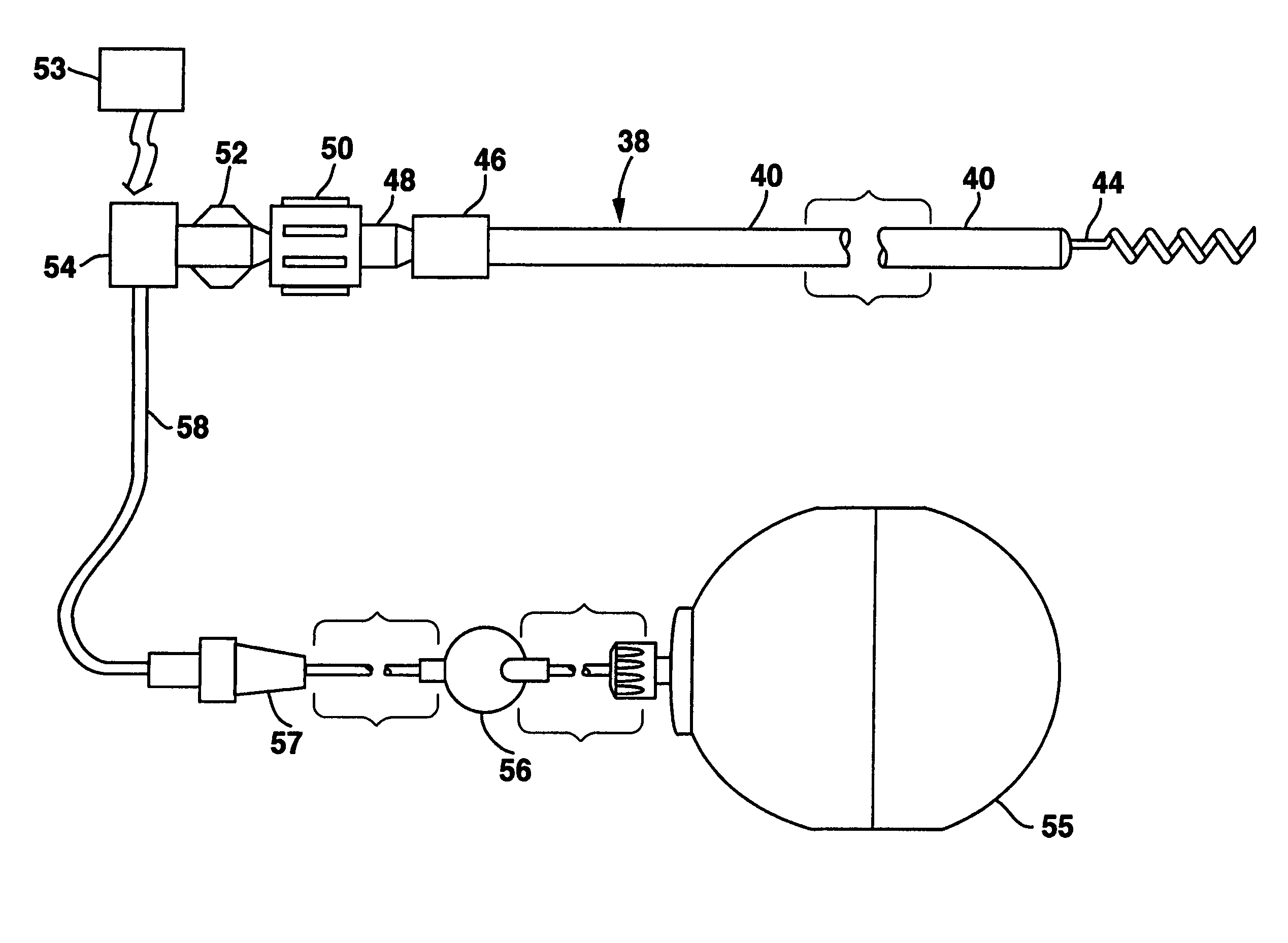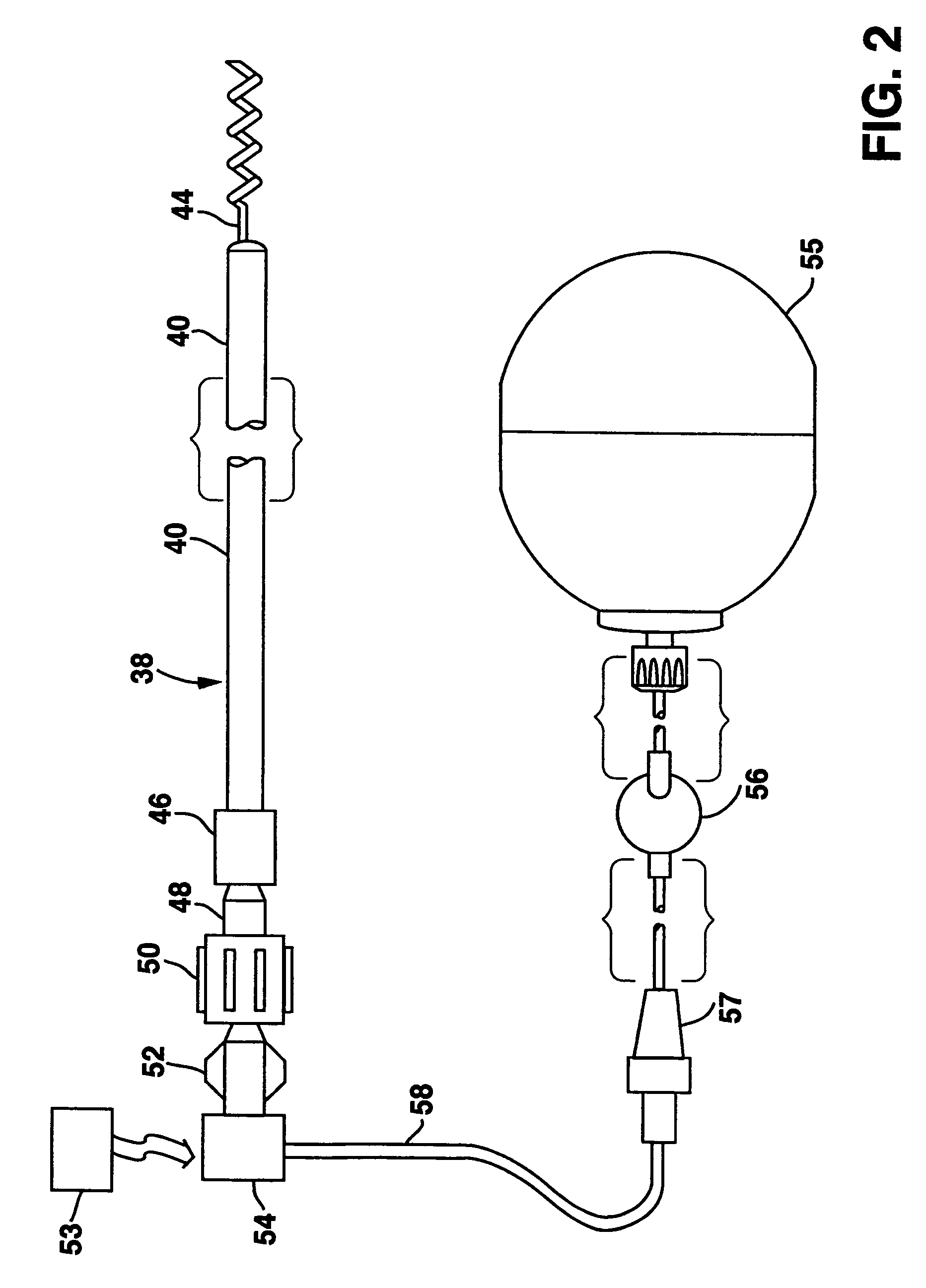System and method for enhancing cardiac signal sensing by cardiac pacemakers through genetic treatment
a technology of genetic treatment and cardiac signal, which is applied in the field of systems and methods of genetically enhanced cardiac signals for use by cardiac pacemakers, can solve the problems of increasing the signal noise ratio of the signal sensed in the pacemaker atrial sensing channel, and achieve the effect of enhancing cardiac pacemaker signal sensing, enhancing cardiac pacemaker p-wave sensing, and improving the signal noise ratio for cardiac signal sensing
- Summary
- Abstract
- Description
- Claims
- Application Information
AI Technical Summary
Benefits of technology
Problems solved by technology
Method used
Image
Examples
example 1
Isolation and Purification of Nucleic Acid Molecule Encoding hH1
[0062]Nucleic acid molecules encoding hH1 are isolated and purified according to general methods well known to those skilled in the art, and in particular, by the method set forth in Gellens, et al., Proc. Natl. Acad. Sci. USA, 1992, 89, 554-558, incorporated herein by reference. Briefly, a size selected and random-primed adult human cardiac cDNA library constructed in λZAPII (Stratagene) is screened with cDNA probes corresponding to nucleotides 1-4385 and 5424-7076 derived from the rat muscle TTX-I isoform (rSkM2), as set forth in Kallen, et al., Neuron, 1990, 4, 233-242, incorporated herein by reference. Hybridizations are performed at 42° C. for 18 hours in 50% formamide, 5×SSPE, 5× Denhardt's solution, 0.1% SDS / salmon sperm DNA, random primed 32P-labeled probe. Filters are washed with 6× standard saline citrate, 0.1% SDS at 65° C. Plaque purified clones are rescued as pBluescript phagemids and sequenced as described...
example 2
Insertion of Ion Channel cDNA into Delivery Vehicles
[0064]Preferably, ion channel cDNA is inserted into either plasmid or adenoviral vectors. Plasmid vectors include for example, pGEM3 or pBR322, as set forth in Acsadi, et al., The New Biol., 1991, 3, 71-81, and Gal, et al., Lab. Invest., 1993, 68, 18-25. Adenoviral vectors include for example, adenovirus serotype 5, Ad5, as set forth in French, et al., Circulation, 1994, 90, 2414-2424, and Johns, J. Clin. Invest., 1995, 96,. 1152-1158.
[0065]Preferably, the primers used to amplify the ion channel nucleic acid molecules are designed with unique endonuclease restriction sites located at the 5′ terminus. In the absence of such design, polylinker arms, containing unique restriction sites, can be ligated thereto. After cutting the purified PCR products with the appropriate restriction endonuclease(s), the plasmid vector, comprising a polylinker, is also cut with the same restriction endonuclease(s), affording the ion channel nucleic acid...
PUM
| Property | Measurement | Unit |
|---|---|---|
| Therapeutic | aaaaa | aaaaa |
| Conduction | aaaaa | aaaaa |
Abstract
Description
Claims
Application Information
 Login to View More
Login to View More - R&D
- Intellectual Property
- Life Sciences
- Materials
- Tech Scout
- Unparalleled Data Quality
- Higher Quality Content
- 60% Fewer Hallucinations
Browse by: Latest US Patents, China's latest patents, Technical Efficacy Thesaurus, Application Domain, Technology Topic, Popular Technical Reports.
© 2025 PatSnap. All rights reserved.Legal|Privacy policy|Modern Slavery Act Transparency Statement|Sitemap|About US| Contact US: help@patsnap.com



